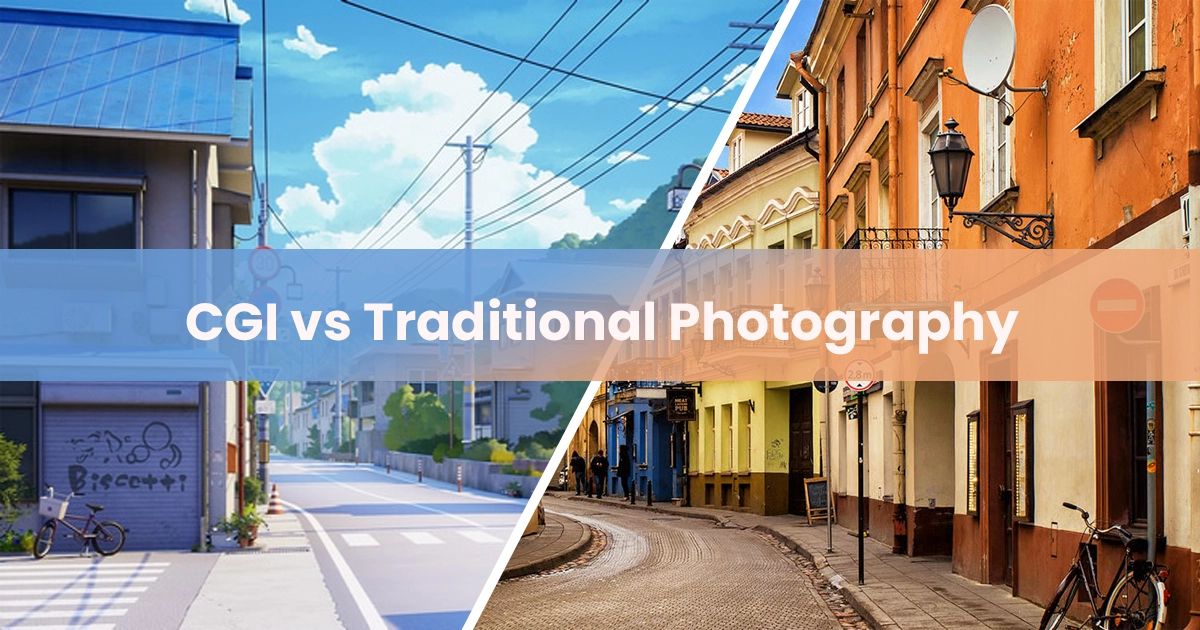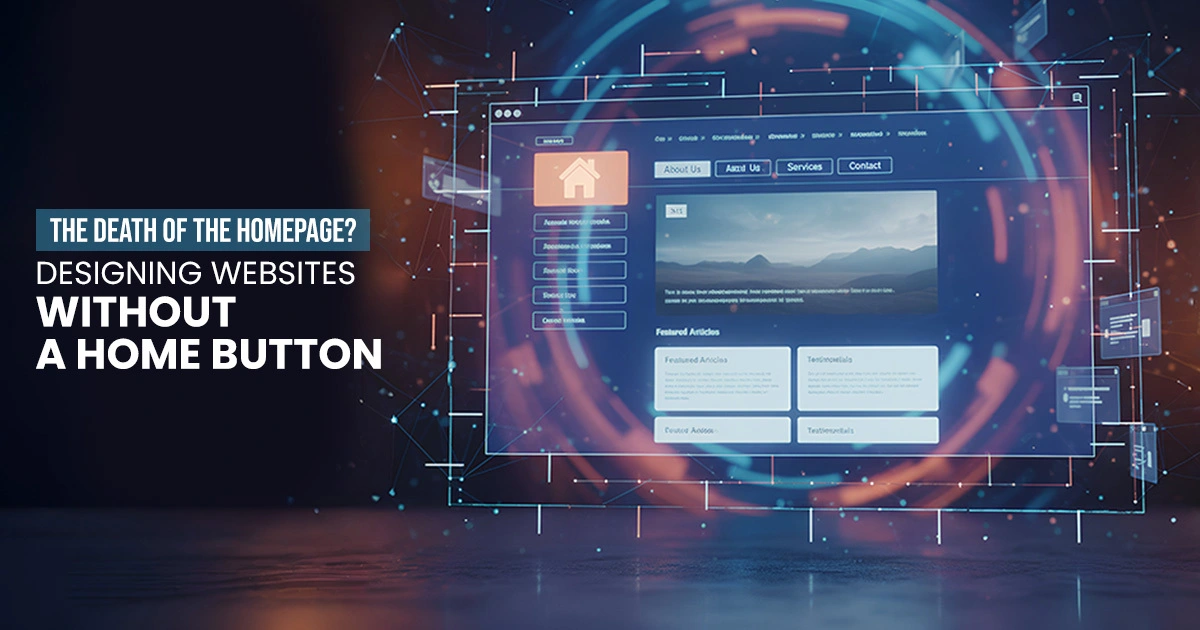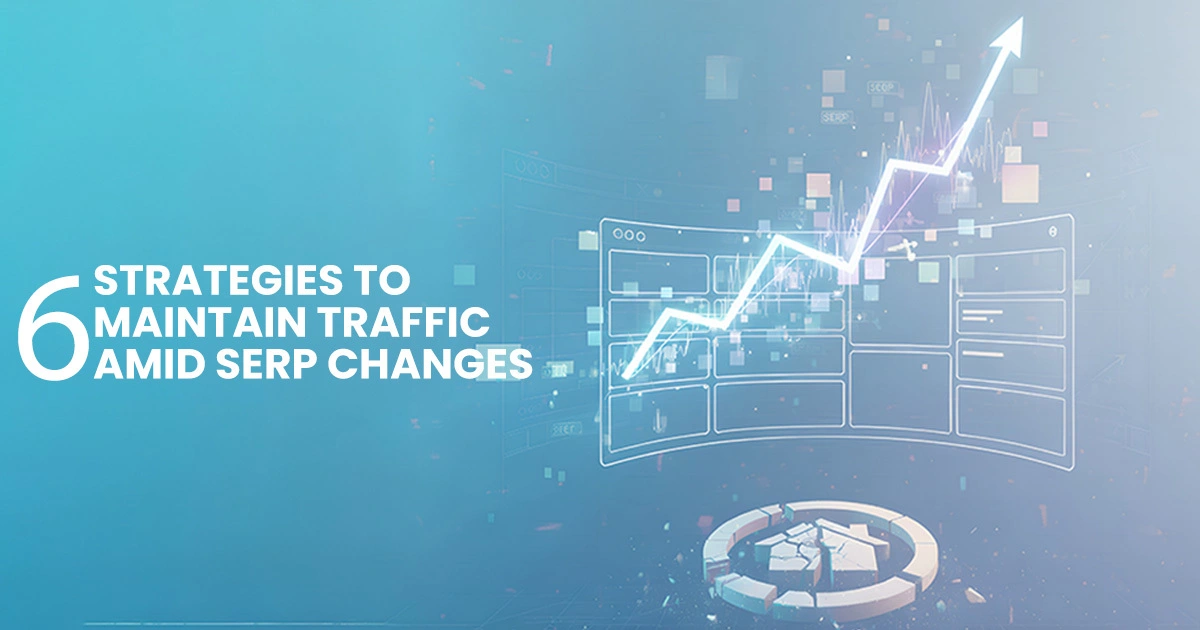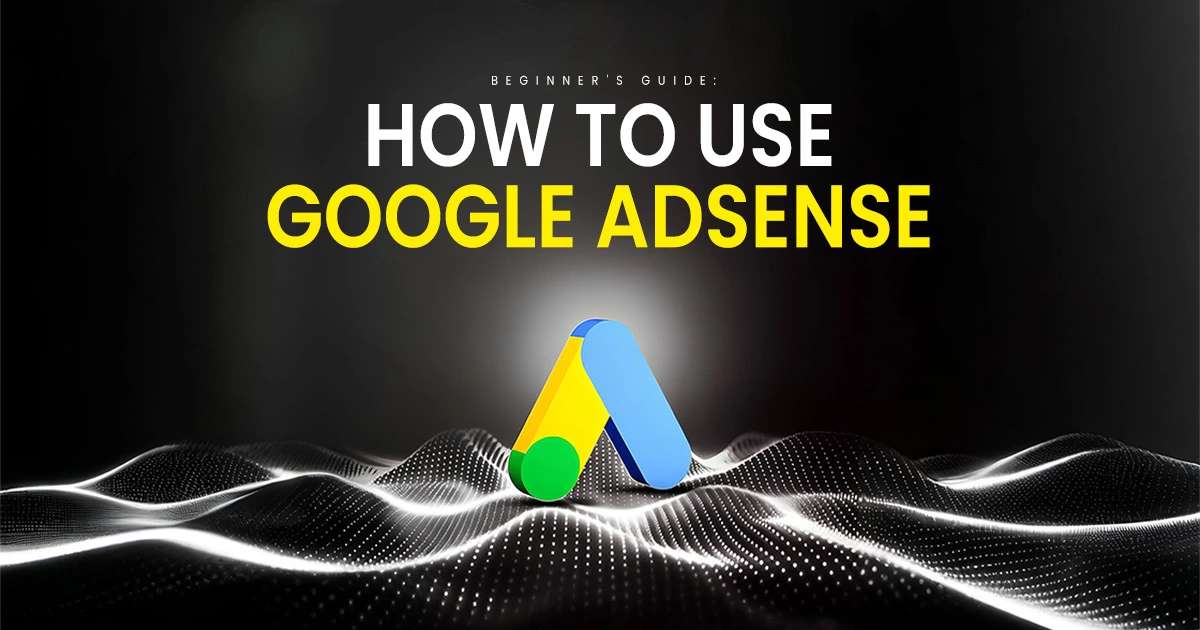In the dynamic market and online content, pictures are all. Whether presenting a new product, creating an advertising campaign, or producing a catalog, you can determine how your audience perceives your brand based on the quality of your images. Real photography has, for years, proven to be the gold standard for producing a high-quality image. However, due to the development of 3D software, Computer-Generated Imagery (CGI) has rapidly emerged as an attractive alternative to photographing products.
But what about which one is the right one concerning your business? So how do CGI and traditional photography compare against each other in quality, cost, flexibility, and long-term value?
What is Traditional Photography?
Traditional or real photography is defined as the process of physically arranging a product, scene, or model and taking a photograph using a camera. It is a test/proven procedure that provides true results. Traditional photography, when done in the right way, can provide authentic textures, light, and emotions that connect with people.
But it also involves the use of physical resources, such as studios, props, models, photographers, and retouching staff, which can be time-consuming and costly, particularly on large-scale projects.
What is CGI?
CGI or computer-generated imagery uses software on a 3D system to produce the image. Rather than capturing a tangible item, designers create a model on the computer in a 3D space. Once there, they can manipulate colors, lighting, textures, and angles to create a really good picture that looks as real as traditional photography or even more than that.
This has become a popular technique in product photography of products such as furniture, fashion, automotive, and technology, whose prototypes or variations may not be physically accessible as yet.
The main Comparison: CGI and Traditional Photography.
1. Quality of Images
Traditional Photography: Has a natural authenticity. The images have a human touch because of the textures and imperfections that exist in real photography.
CGI: The results are photorealistic, and each detail is strictly controlled. An experienced graphic artist can produce images that are not different at all.
2. Cost Saving
Traditional Photography: The photographer faces repeated expenses- hiring of photographers, renting of a studio, paying models, and creating props.
CGI: It costs a large initial investment in 3D software and know-how, but it can save significant costs in brands where the product image changes regularly.
3. Flexibility
Traditional Photography: When the photography is completed, the only way to make alterations is by re-shooting.
CGI: You can change anything in the 3D environment, including the perspective of a product or the hue of a backdrop, without having to respin it.
4. Speed
Traditional Photography: The planning, setting up, and post-production may be time-consuming.
CGI: Easier when it comes to product variations. As an example, displaying a product in 10 colors does not mean 10 shoots, just changes in the 3D model.
5. Long-Term ROI
Traditional Photography: Produces excellent outcomes when it comes to lifestyle campaigns and branding shoots, but expenses also increase with time.
CGI: CGI offers superior ROI over the long term, particularly when large quantities of products require regular re-photography of the products.
When is real photography to be used?
Real photography is not replaced by CGI. It works best when the campaign involves human relationships, such as lifestyle shoots with models, events, or behind-the-scenes. Authentic images are trusted by customers, particularly in cases where the customers desire to view the images in a real-life setting.
Traditional photography has no substitute where luxury brands, editorial shoots, and storytelling campaigns are concerned.
When Should You Use CGI?
CGI is shining in the areas of flexibility and scalability. In case your product has more than one variation or in case the prototypes are not yet ready, CGI will enable you to get a visual at any time. It also works well with immersive digital experiences, such as interactive 360-degree views or AR shopping tools.
Investing in 3D software and CGI is sensible for brands interested in both cost savings in the long term and greater long-term ROI.
The best approach: Hybrid Strategy
Most brands are not choosing between either and are implementing the combination of the two. You could do real photography on lifestyle campaigns and CGI on catalog or e-commerce photos, as an example. It is a hybrid that will give you the authenticity with the efficiency of CGI.
Final Thoughts
Modern marketing is interested in both CGI and traditional photography. This decision will be based on your brand requirements, financial resources, and imagination. Real photography offers unparalleled value to brands that are interested in authenticity and emotional connection. Conversely, when flexibility, efficiency, and long-term ROI are your goals, CGI based on 3D software is an investment for the future.
We think the most brilliant approach, however, is a combination of the two to incorporate the classic value of photography and the unlimited potential of CGI to produce not only quality pictures but what can actually make your brand stand out.
Explore:
How Small Businesses Can Compete Online with Limited Budgets
Why Your Business Needs a Mobile-First Website
Frequently Asked Questions
Q1: Is CGI higher when compared with traditional photography?
Not necessarily. Although 3D software and designers will initially be required in CGI, it can help save substantial money over time, particularly where a brand requires constant product variability.
Q2: Does CGI produce a really high-quality image?
Yes. Currently, 3D software enables designers to create images that appear photorealistic with realistic, lifelike textures, lighting, and details. In most instances, customers are not able to distinguish between CGI and real photography.
Q3: What is more suitable in product photography, CGI or real photography?
It depends on your goals. Scalability, flexibility, and long-term ROI: CGI is better at all these than real photography, which is better at lifestyle storytelling.
Q4: Does CGI put the traditional photography out of business?
Not entirely. Although CGI is the best way to produce a versatile image of a product, traditional photography continues to be crucial in the process of capturing human feelings, true experiences, and stories about life to date.
Q5: What is the use of CGI in cost saving?
There is no reshooting, no physical props, no multiple setups in CGI. After a product is designed in a three-dimensional space, it can be re-applied and refurbished to be used later by a new campaign, which will yield high ROI in the long run.




